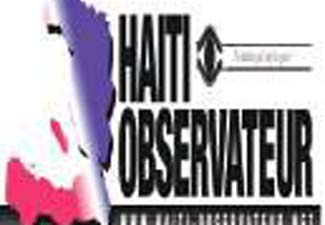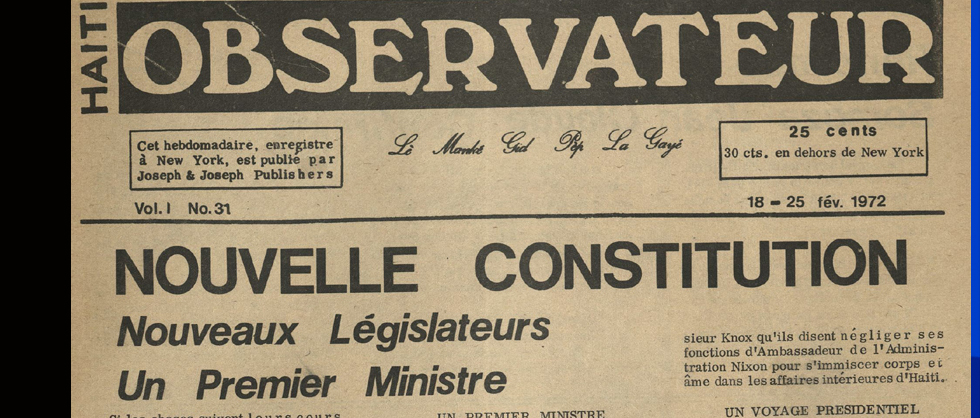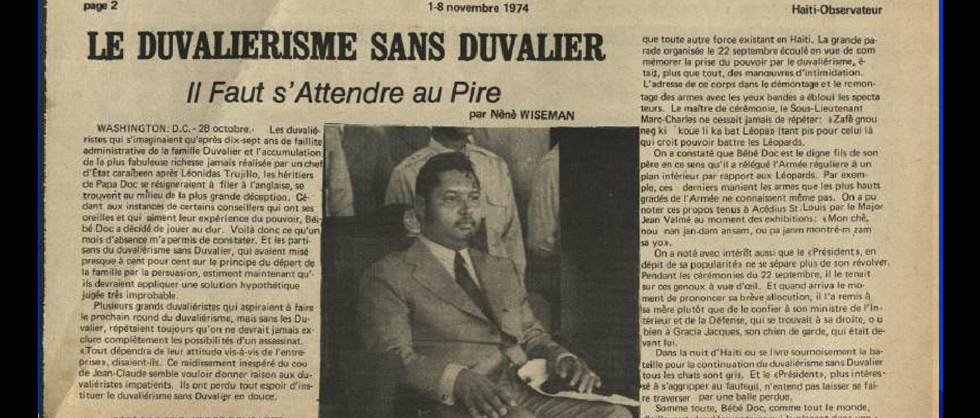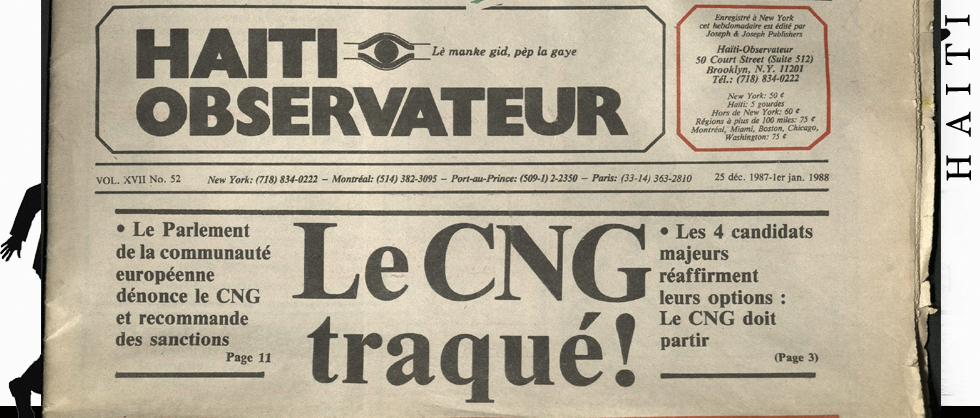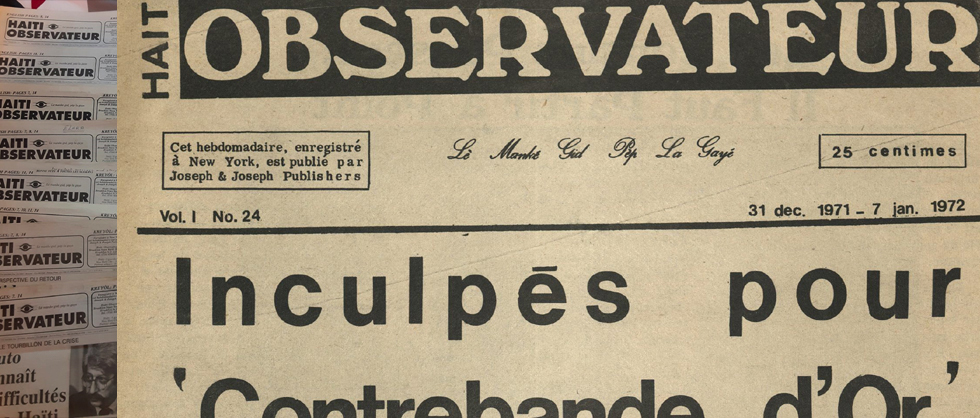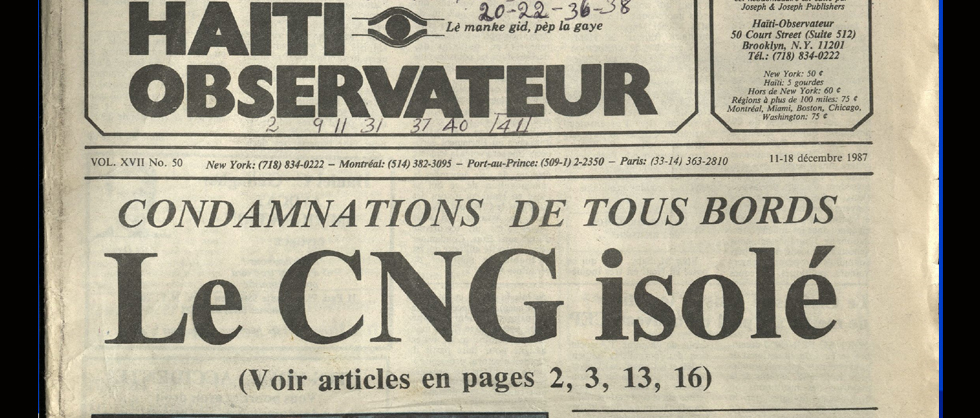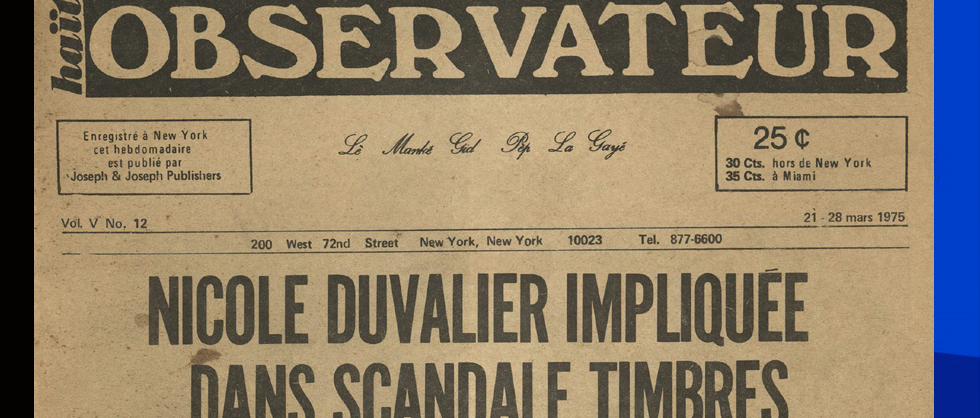The real cost of the Stimulus Bill BALDWING, L.I., NY. April 27, 2020 by Hadley Benoit*
The current narrative being put out is that we’ve been blindsided by a virus coming out of China. A virus that may have occurred naturally or created in a lab and released through some kind of error, accident or weaponized for this specific purpose. History, on the other hand, tells that we shouldn’t have been blindsided by this because previous administrations had been preparing for, and expecting something of the sorts for over a decade. Yet, our economy was shuttered overnight. All have been summoned to stay home and practice “social distancing,” while the virus runs its course. A course during which millions are being infected and thousands killed.
To address a halted economy, with unemployment numbers unseen since the Great Depression, the U.S. Government, so far, has initiated three rounds of economic stimulus totaling nearly $3 trillion. A 4th round of stimulus is currently being debated with proposed mandates, including a $2,000 per month payment to all Americans for up to 12 months, and mortgage and rent “forgiveness” for up to 12 months. If passed, without amendments, this 4th round of stimulus will come at a cost of nearly $5 trillion. Added to the previous three rounds, this would amount to $8 trillion of government stimulus spending compared to $3.5 trillion of federal tax revenue collected for fiscal year 2019.
The U.S. currency is a fiat currency, not backed by gold or any other precious commodity. It gets its backing from “the full faith and credit” of the U.S. Government. A “full faith and credit” that can be potentially undermined, if these stimulus packages aren’t executed efficiently and effectively. If all these proposed mandates are passed as suggested, the U.S. Federal Reserve will be basically printing and flooding the economy with $8 trillion of currency.
The flooding of the economy with all this newly printed money, while a large portion of the population remains unemployed, risks sending our economy into hyperinflation. When other countries experience hyperinflation, that results in people minimizing their holdings in the currencies of such countries. They switch to more stable world currencies, often to the U.S. dollar. So, what happens when it is the U.S. dollar which experiences long term hyper inflation?
The “full faith and credit” of the U.S. dollar has afforded it the status of being the world’s global reserve currency. Most international trade is conducted in U.S. dollars, and many other world currencies peg their value to that of the U.S dollar. Obviously, long term hyperinflation will jeopardize the standing of the U.S. dollar as the world’s global currency.
Of all the currencies around the world, few have the economic size or political and economic stability to replace the U.S. dollar as the world’s global currency. In fact, the Euro and the Chinese Yuan are the only other currencies that seem poised to assume the position of confidence, if the U.S. dollar wanes. Recent events of “Brexit” have highlighted the lack of confidence in the Euro by at least one of its most important members.
Consequently, China would be left in the enviable position to which it has long aspired, that is to have the Yuan become the world’s reserve currency. Current global events appear to be moving Beijing closer to that goal.
As China’s economy begins to normalize after five months of aggressive response to COVID- 19, America’s response to the pandemic is pointing towards a prolonged struggle of 12 to 18 months before its economy may begin to recover.
It appears that while the powers-that-be in Washington were playing golf, their counterparts in Beijing were playing a long, astutely calculated, game of chess!
*Hadley Benoit, is a Business Administration professor at Mildred Elley College NYC campus. He holds Bachelor’s and Master’s degrees in Economics. He’s also co-owner of Kaché Restaurant and Lounge in Brooklyn, N.Y.
cet article est publié par l’hebdomadaire Haïti-Observateur, VOL. L No.16 New-York, édition du 29 avril 2020 et se trouve en P.1, 7, à : http://haiti-observateur.ca/wp-content/uploads/2020/04/H-O-29-avril-2020-1.pdf
